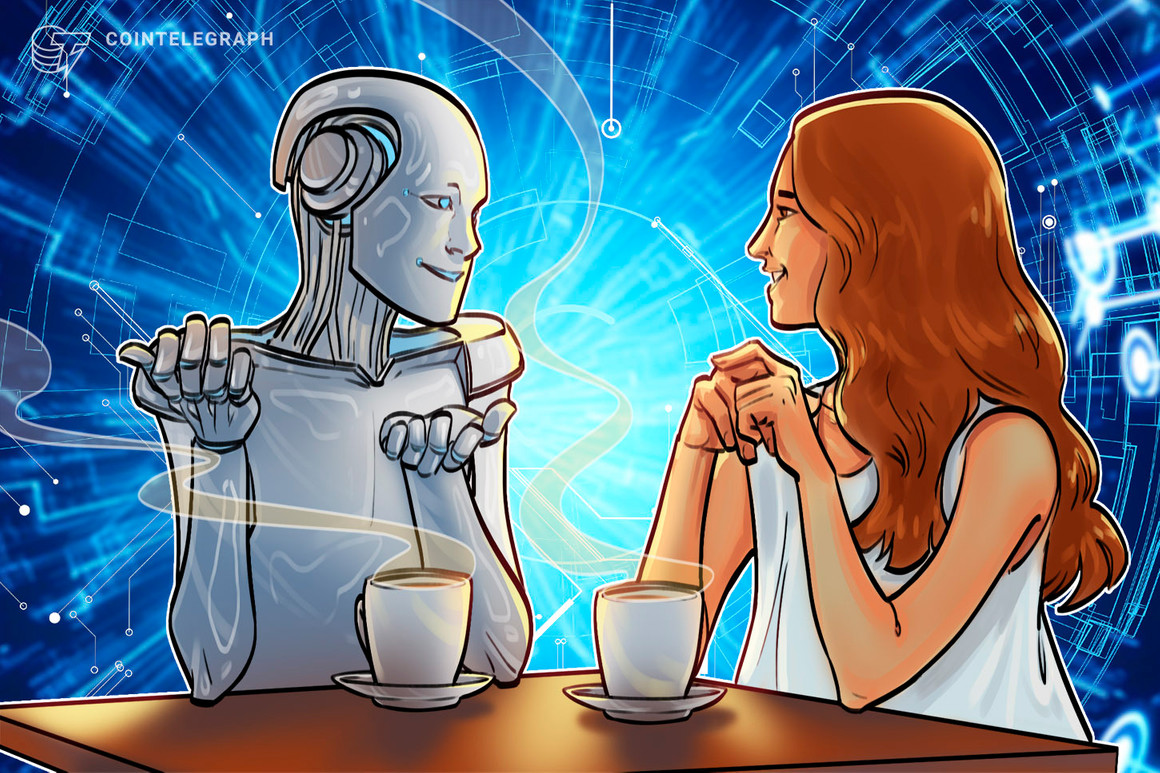The past 12 months have seen the global digital paradigm evolve tremendously, especially regarding how humans interact with machines. In fact, the spa
The past 12 months have seen the global digital paradigm evolve tremendously, especially regarding how humans interact with machines. In fact, the space has undergone such a radical transformation that people of all ages are now fast becoming conversant with artificial intelligence (AI) models, most popularly OpenAI’s ChatGPT.
The primary driving force behind this revolution has been the advancements made in natural language processing (NLP) and conversational AI. NLP is a subfield of AI that focuses on the interaction between computers and humans using everyday language and speech patterns. The ultimate objective of NLP is to read, decipher, understand and make sense of human language in a way that is understandable and easy to digest for users.
To elaborate, it combines computational linguistics — i.e., rule-based modeling of human language — with other fields, such as machine learning, statistics and deep learning. As a result, NLP systems allow machines to understand, interpret, generate, and respond to human language in a meaningful and contextually appropriate way.
Moreover, NLP involves several key tasks and techniques, including part-of-speech tagging, named entity recognition, sentiment analysis, machine translation and topic extraction. These tasks help machines understand and generate human language-type responses. For example, part-of-speech tagging involves identifying the grammatical group of a given word, while named entity recognition involves identifying individuals, companies or locations in a text.
NLP redefining communication frontiers
Even though AI-enabled tech has only recently started becoming part of the digital mainstream, it has profoundly influenced many people for the better part of the last decade. Companions like Amazon’s Alexa, Google’s Assistant and Apple’s Siri have woven themselves into the fabric of our everyday lives, assisting us with everything from jotting down reminders to orchestrating our smart homes.
The magic behind these helpers is a potent mix of NLP and AI, enabling them to comprehend and react to human speech. That said, the scope of NLP and AI has now expanded into several other sectors. For example, within customer service, chatbots now enable companies to provide automated customer service with immediate responses to customer inquiries.
With the ability to juggle multiple customer interactions simultaneously, these automated chatbots have already slashed wait times.
Language translation is another frontier where NLP and AI have made remarkable progress. Translation apps can now interpret text and speech in real time, dismantling language barriers and fostering cross-cultural communication.

A paper in The Lancet notes that these translation capabilities have the potential to redefine the health sector. Researchers believe these systems can be deployed in countries with insufficient health providers, allowing doctors and medical professionals from abroad to deliver live clinical risk assessments.
Sentiment analysis, another application of NLP, is also being employed to decipher the emotional undertones behind words, making responses from platforms like Google Bard, ChatGPT and Jasper.ai even more human-like.
Recent: Bitcoin adoption in Mexico boosted by Lightning partnership with retail giant
Thanks to their growing prowess, these technologies can be integrated into social media monitoring systems, market research analysis and customer service delivery. By scrutinizing customer feedback, reviews and social media chatter, businesses can glean valuable insights into how their customers feel about their products or services.
Lastly, AI and NLP have ventured into the realm of content generation. AI-powered systems can now craft human-like text, churning out everything from news articles to poetry, helping create website content, generating personalized emails and whipping up marketing copy.
The future of AI and NLP
Looking toward the horizon, many experts believe the future of AI and NLP to be quite exciting. Dimitry Mihaylov, co-founder and chief science officer for AI-based medical diagnosis platform Acoustery, told Cointelegraph that the integration of multimodal input, including images, audio, and video data, will be the next significant step in AI and NLP, adding:
“This will enable more comprehensive and accurate translations, considering visual and auditory cues alongside textual information. Sentiment analysis is another focus of AI experts, and that would allow a more precise and nuanced understanding of emotions and opinions expressed in text. Of course, all companies and researchers will work on enabling real-time capabilities, so most human interpreters, I am afraid, will start losing their jobs.”
Similarly, Alex Newman, protocol designer at Human Protocol, a platform offering decentralized data labeling services for AI projects, believes that NLP and AI are on the verge of significantly increasing individual productivity, which is…
cointelegraph.com
